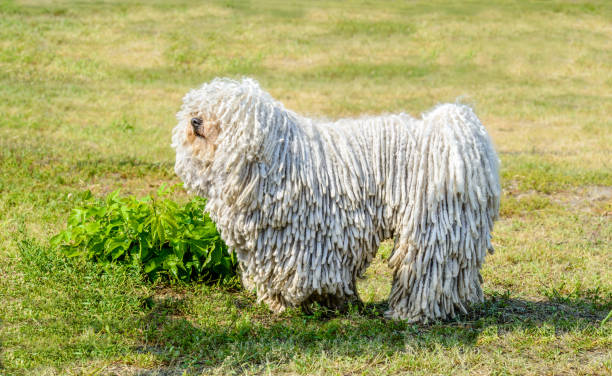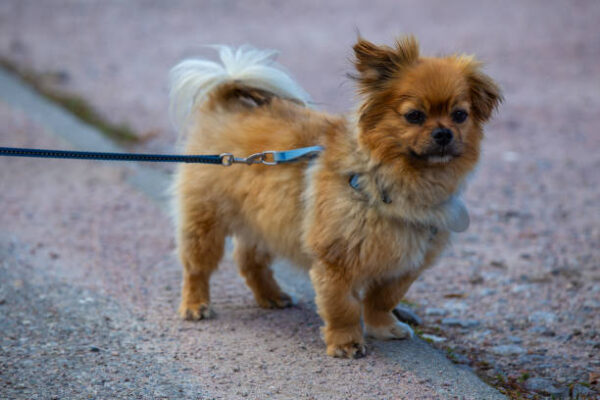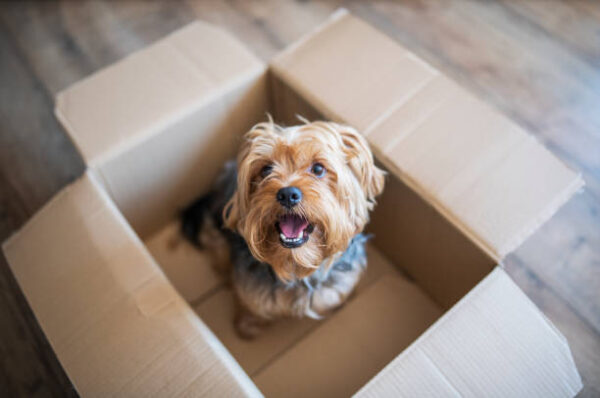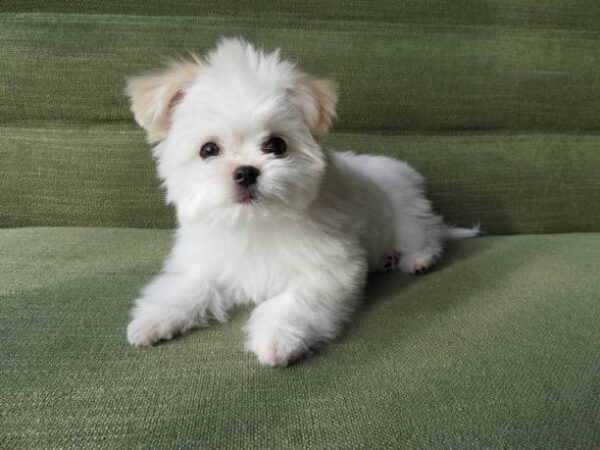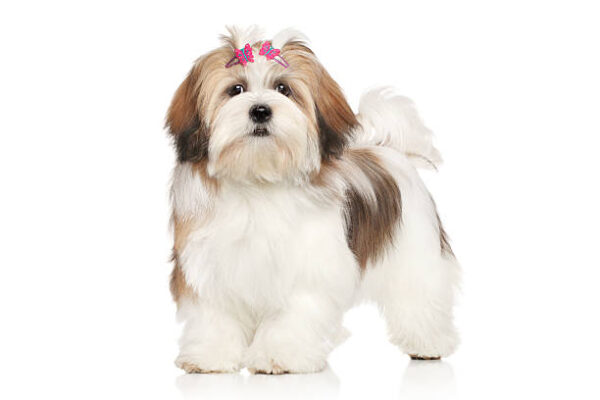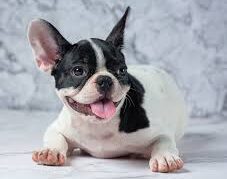Your cart is currently empty!
Komondor
Komondor The largest of the Hungarian pastoral breeds the Komondor shares some common ancestry with the Puli and the Kuvasz. He is formidable in appearance: large, powerfully built and, when mature, coated with a dense corded coat. He also has a forbidding temperament, distrustful of strangers and strongly territorial. General appearance of Komondor Large, cord-coated […]
Description
Komondor
The largest of the Hungarian pastoral breeds the Komondor shares some common ancestry with the Puli and the Kuvasz. He is formidable in appearance: large, powerfully built and, when mature, coated with a dense corded coat. He also has a forbidding temperament, distrustful of strangers and strongly territorial.
General appearance of Komondor
Large, cord-coated muscular dog, of great strength, with plenty of bone and substance. Powerful conformation.
Characteristics
Excellent guard, wary of strangers, noted for imposing strength and courageous manner.
Temperament
Faithful and devoted. This strong, sharp guard dog must be treated with respect.
Head and skull
Head somewhat short in comparison with width. Skull slightly arched viewed from side. Stop moderate; muzzle slightly shorter than length of skull. Broad, rather coarse muzzle, not pointed. Nostrils wide. Nose black, though dark grey or dark brown nose acceptable but undesirable.
Eyes
Medium-sized, not too deeply set, darker the better; rims dark grey or black, closely fitting.
Ears
Medium-sized, hanging U-shaped. Erect or partially erect ears incorrect.
Mouth
Powerful jaws, strong teeth, scissor bite ideal, i.e. upper teeth closely overlapping lower teeth and set square to the jaws, (pincer bite tolerated but undesirable). Lips tight fitting and black. Ideally gums and roof of mouth black or dark grey.
Neck
Strong, medium length, moderately arched, no dewlap.
Forequarters
Straight, well boned, muscular, forelegs vertical, viewed from front and side; well-laid, tight shoulders.
Body
Broad, deep muscular chest, back level. Rump broad, slightly sloping towards root of tail. Body slightly longer than height at withers. Belly tucked up.
Hindquarters
Strong bone, very muscular. Viewed from rear, legs fairly wide apart, parallel, well angulated.
Feet
Large, strong and compact, well-arched toes. Nails strong, grey or black; toes slightly longer on hindfeet. Pads firm, elastic and dark.
Tail
Continuation of rump line; reaching to hock, slightly curved at tip; when excited, raised in line with body.
Gait/movement
Light and easy, moving with very long stride.
Coat
Long coarse outer coat, which may be wavy or curly, with softer undercoat. Hair tends to cling together like tassels, giving a corded appearance. Cords of an adult strong and heavy, and felt-like to touch. If neglected, forms into large, matted plates. Coat longest on rump, loins and tail, of medium length on back, shoulders and chest, shorter on cheeks, around eyes, mouth and lower parts of legs. Coat is fairly slow in cording and may not be fully formed before two years of age. Puppy coat should be soft and fluffy, adult coat usually starts appearing 6-9 months of age. Presented corded.
Colour
Always white. Ideally skin grey but pink skin acceptable.
Size
Height: dogs: average 80 cms (31½ ins), minimum 65 cms (25 ins); bitches: average 70 cms (27½ ins), minimum 60 cms (23½ ins). No maximum height, but it should be taken into consideration with overall appearance. Weight: dogs: 50-61 kgs (110-135 lbs); bitches: 36-50 kgs (80-110 lbs).
Faults
Any departure from the foregoing points should be considered a fault and the seriousness with which the fault should be regarded should be in exact proportion to its degree and its effect upon the health and welfare of the dog and on the dogs ability to perform its traditional work.
Note
Male animals should have two apparently normal testicles fully descended into the scrotum.
